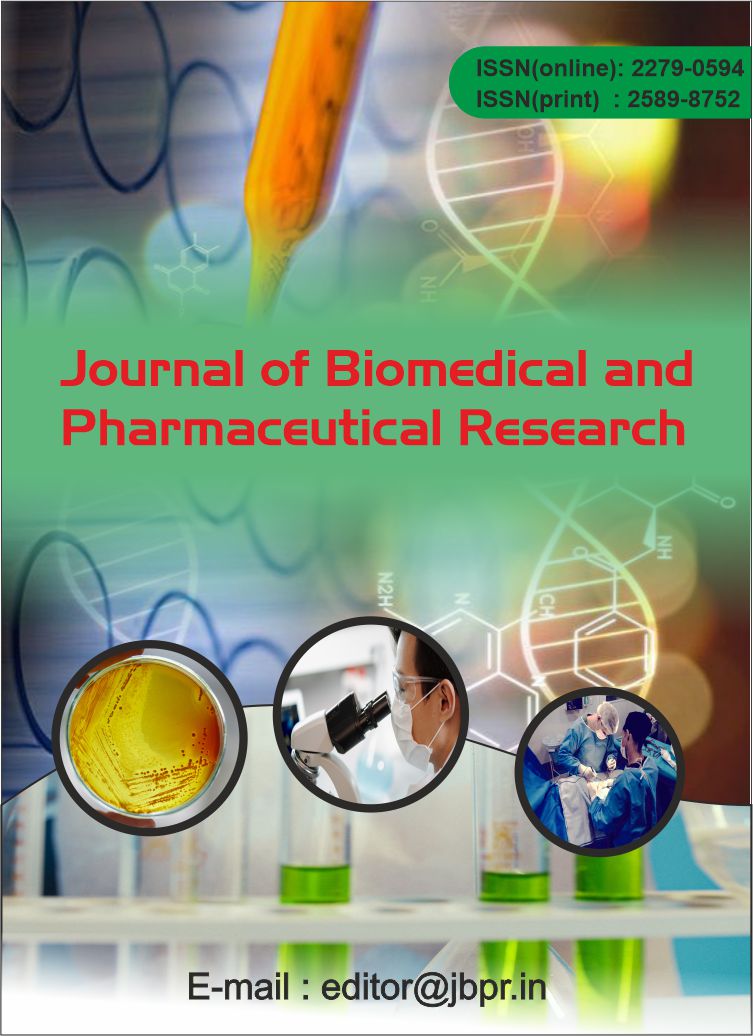ECOPHARMACOVIGILANCE: ITS IMPORTANCE AND CHALLENGES
Abstract
Active pharmaceutical ingredients represent a group of emerging environmental contamination. Even in trace amounts, they are of great concern due to then continuous introduction into the environment, their impact an ecosystem and human and vetenery health is of great importance. This has given birth to the science of Ecopharmacovigilance (EPV). It aims to ensure that significant environmental issues associated with pharmaceuticals in the environment are identified and managed appropriately. EPV has become a research hotspot in Europe and North America. Environmental Risk assessment (ERA) is now a regulatory requirement prior to launch of any new drug. The biggest difference and greatest challenge concerns signal detection in the environment and the dilemma of identifying cause and effect. In the background of growing Indian pharmaceutical industry and drug consumption, India should shoulder responsibility for its own environment and people along with the world ecosystem. Compared to the west EPV in India is in infancy ERA is now a regulatory requirement prior to launch of any new drug. However there is no formal frame-work to monitor for potential adverse effects in the environment, once a product has been launched. There should be laws and regulations on EPV, rational medication, drug take back programs, strengthening policy guided and scientific researches on EPV by pharmaceutical firms and academia.
Key words: Ecopharmacovigilance (EPV), Active pharmaceutical ingredients (API), Environment risk Assessment (ERA).
Downloads
Published
How to Cite
Issue
Section
License
![]() Journal of Biomedical and Pharmaceutical Research by Articles is licensed under a Creative Commons Attribution 4.0 International License.
Journal of Biomedical and Pharmaceutical Research by Articles is licensed under a Creative Commons Attribution 4.0 International License.



